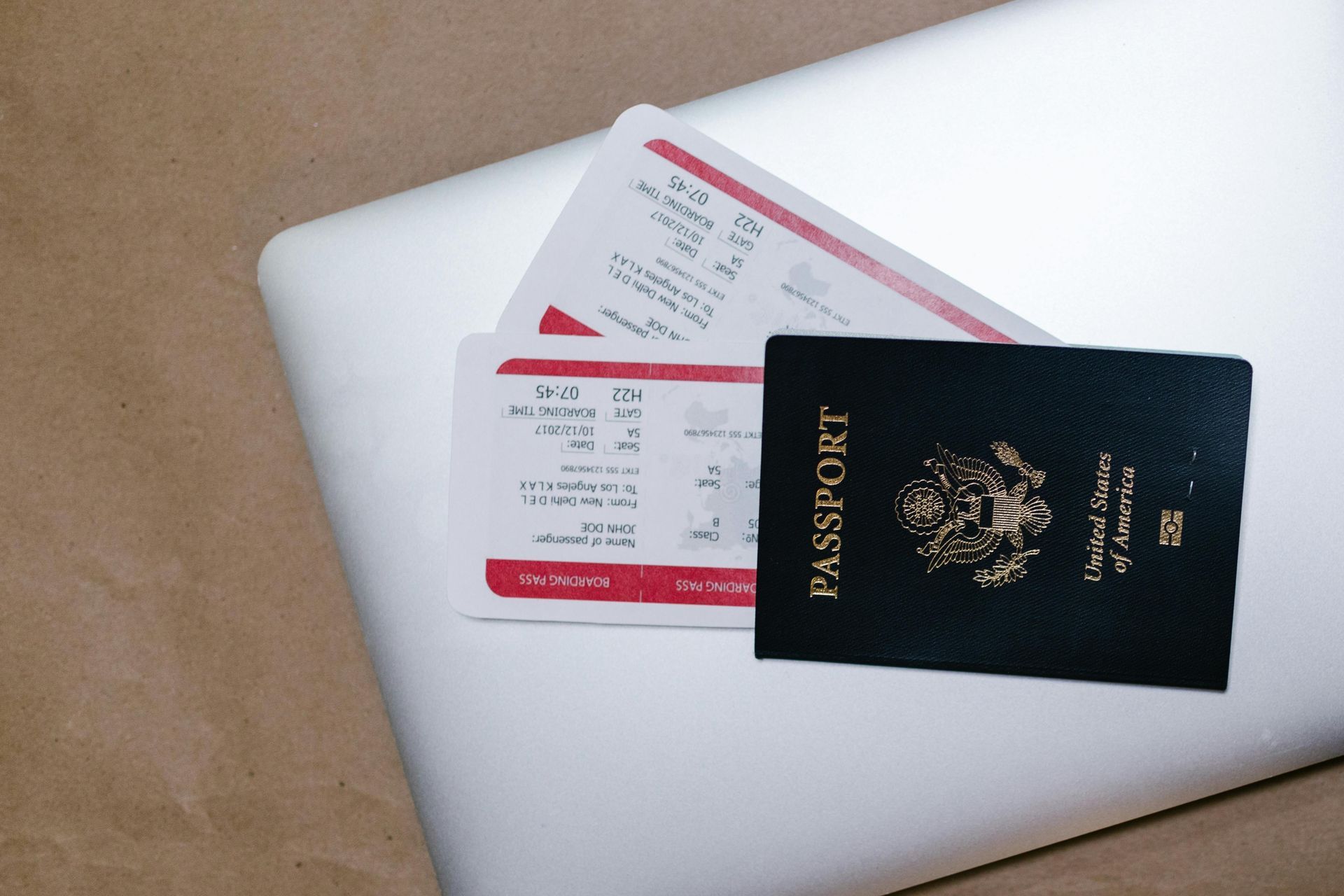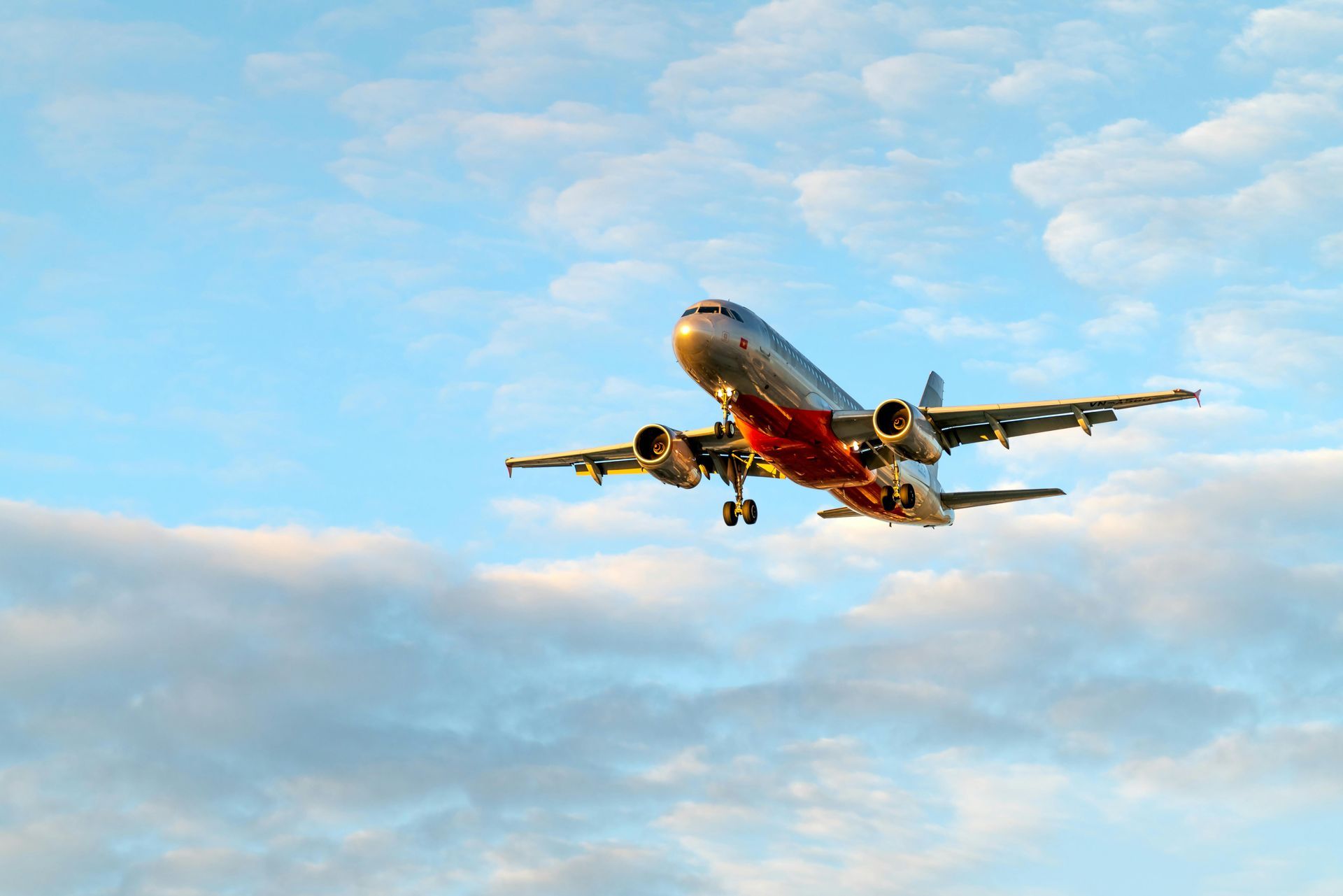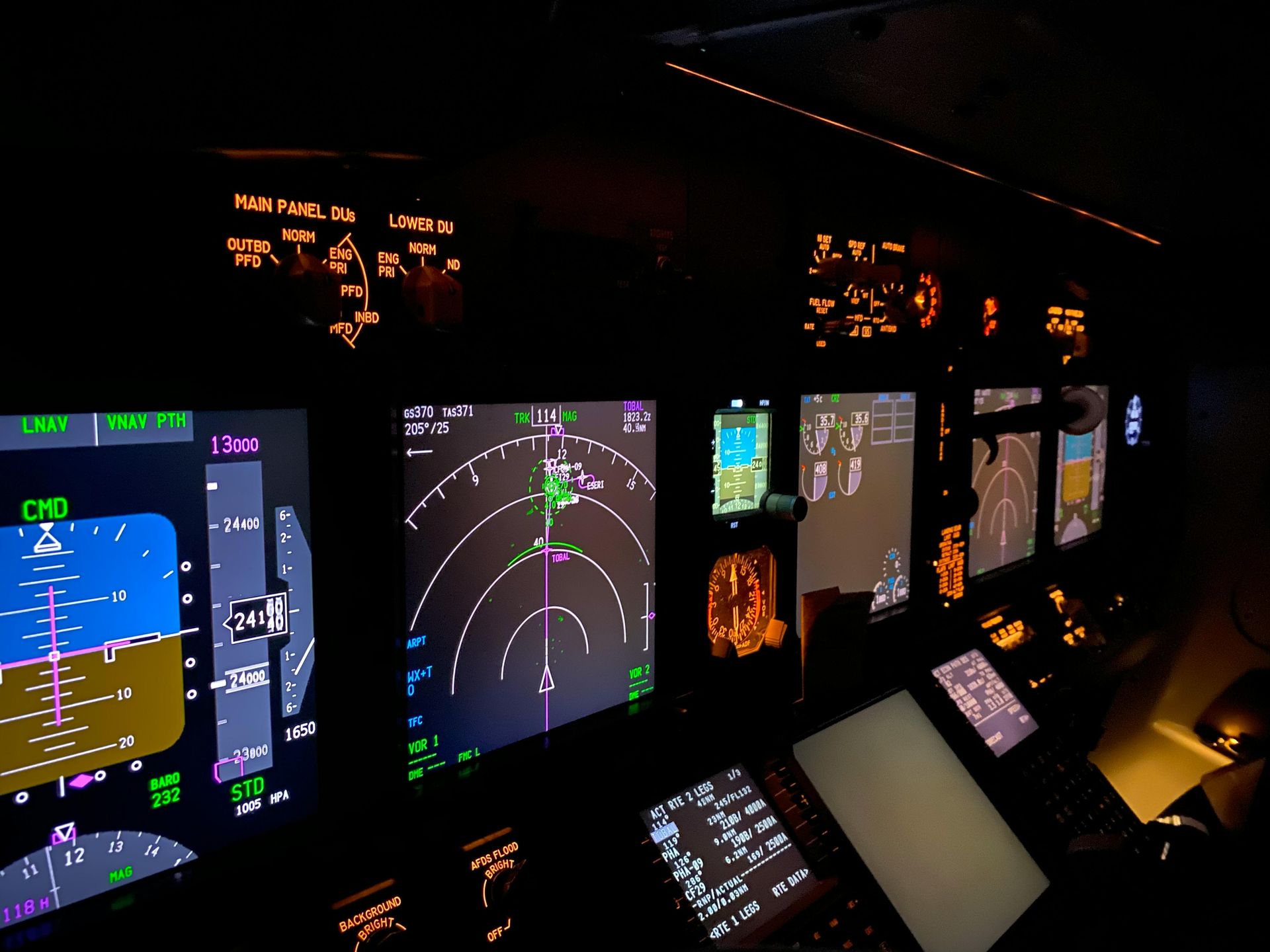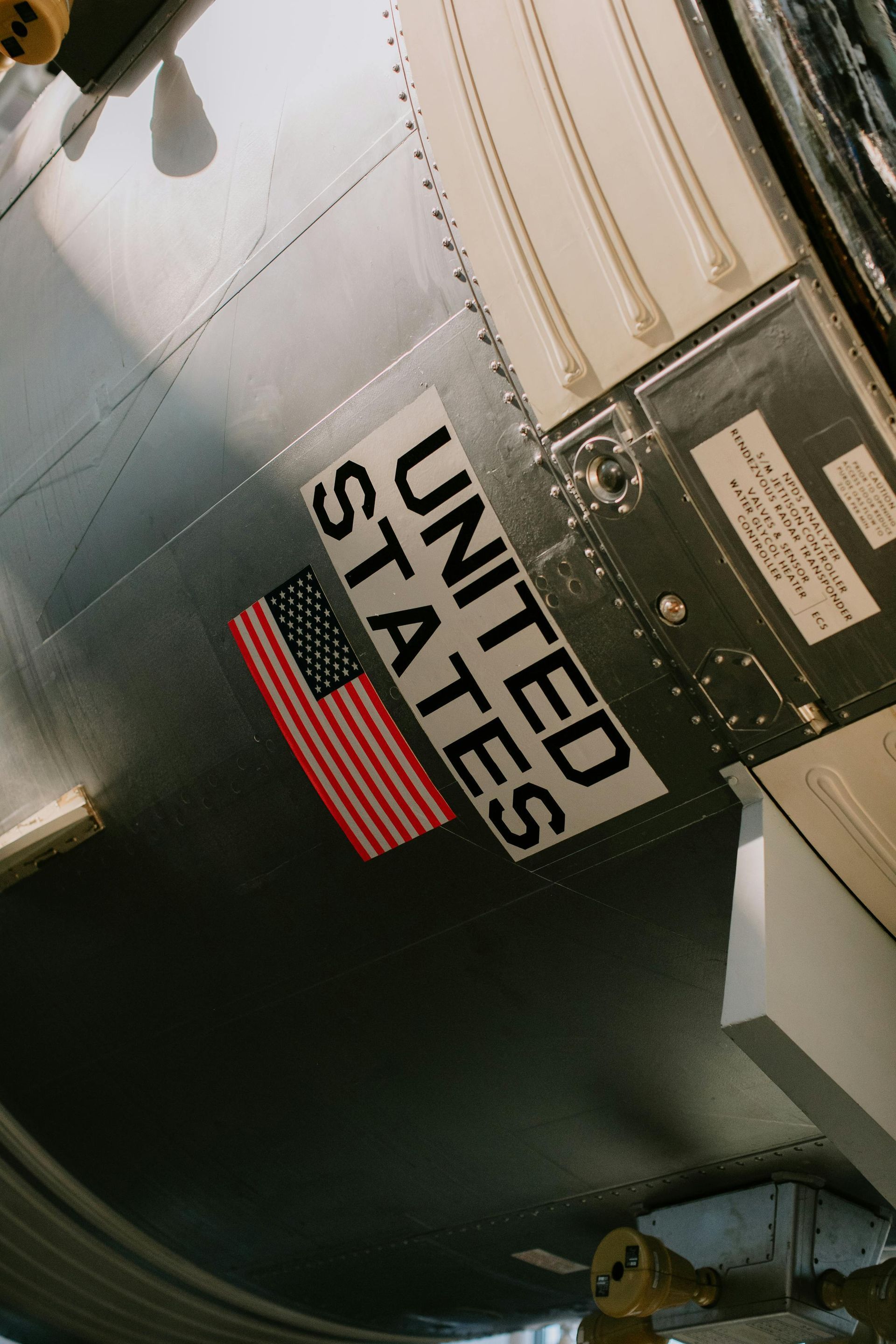The Ultimate Guide to Acceptable Identification for TSA Checkpoints?
Don't Get Held Up at Security: Acceptable Forms of ID for TSA Checkpoints
The Video: Don't Get Held Up at Security: Acceptable Forms of ID for TSA Checkpoints
Don't Get Held Up at Security: Acceptable Forms of ID for TSA Checkpoints?
Beginning May 7, 2025, if you plan to use your state-issued ID or license to fly within the U.S., make sure it is REAL ID compliant. If you are not sure if your ID complies with REAL ID, check with your state department of motor vehicles.
When traveling by air, one of the most important things to remember is having the proper identification for airport security. The Transportation Security Administration (TSA) has strict guidelines on which IDs are acceptable at airport security checkpoints to ensure a smooth and secure travel experience.
Here’s a rundown of the IDs that are approved by the TSA for airport security:
1. Driver’s License or State ID: One of the most common forms of identification accepted at airport security is a driver’s license or state-issued identification card. Make sure your ID is not expired and matches the name on your airline ticket.
2. Passport: A passport is another widely accepted form of identification at airport security. Whether you’re traveling internationally or domestically, a passport is always a reliable form of ID to have on hand.
3. Trusted Traveler Cards: Trusted traveler programs like TSA PreCheck and Global Entry issue cards that are accepted at airport security checkpoints. These programs allow for expedited screening and are great options for frequent travelers.
4. Military ID: Members of the military can use their military identification as a form of ID at airport security. This includes active duty, reserve, and retired military personnel.
5. Permanent Resident Card: For non-U.S. citizens, a Permanent Resident Card, also known as a green card, is an acceptable form of identification at airport security checkpoints.
6. Department of Homeland Security “Trusted Traveler” Cards: Certain individuals who have been pre-approved by the Department of Homeland Security through programs like NEXUS, SENTRI, and FAST can use their trusted traveler cards as identification at airport security.
It’s important to note that the TSA does not accept certain forms of identification, such as student IDs, temporary driver’s licenses, or expired IDs. If you’re unsure about whether your ID is acceptable, it’s best to check with the TSA or your airline before heading to the airport.
By ensuring you have the proper identification with you at airport security, you can breeze through the checkpoint and focus on enjoying your travel experience.
Travel By U.S. Gov Connect For Articles And Videos.
TSA Checkpoints
 Learn More
Learn MoreTraveling can be an exciting and enriching experience, but it also requires careful planning and organization, especially when it comes to essential travel documents. Without the proper paperwork, you may encounter obstacles or even be denied entry to your destination country.
Travel Documents
 Learn More
Learn MoreTraveling can be an exciting and enriching experience, but it also requires careful planning and organization, especially when it comes to essential travel documents. Without the proper paperwork, you may encounter obstacles or even be denied entry to your destination country.
How Aircraft Engineers Keep You Safe in the Skies?
 Learn More
Learn MoreWhen you step onto an airplane and buckle up for your flight, you entrust your safety to a team of highly skilled aircraft engineers who work tirelessly behind the scenes to ensure that every aspect of the aircraft is in optimal condition. From routine maintenance checks to troubleshooting complex mechanical issues, these professionals play a crucial role in keeping you safe in the skies.
How Air Traffic Control (ATC) Controllers Use Radar
 Learn More
Learn MoreRadar, which stands for Radio Detection and Ranging, is a system that uses radio waves to detect the presence, direction, distance, and speed of objects such as aircraft. By utilizing radar technology, ATC controllers are able to monitor the airspace around airports and guide aircraft to their destinations while maintaining safe distances between them.
How Weather Can Cause Air Traffic
 Learn More
Learn MoreWe often hear about flight delays and cancellations due to weather conditions, and one of the major factors contributing to these delays is air traffic control. Weather can play a significant role in causing air traffic control delays, impacting not only the safety of the flights but also the efficiency of air travel.









